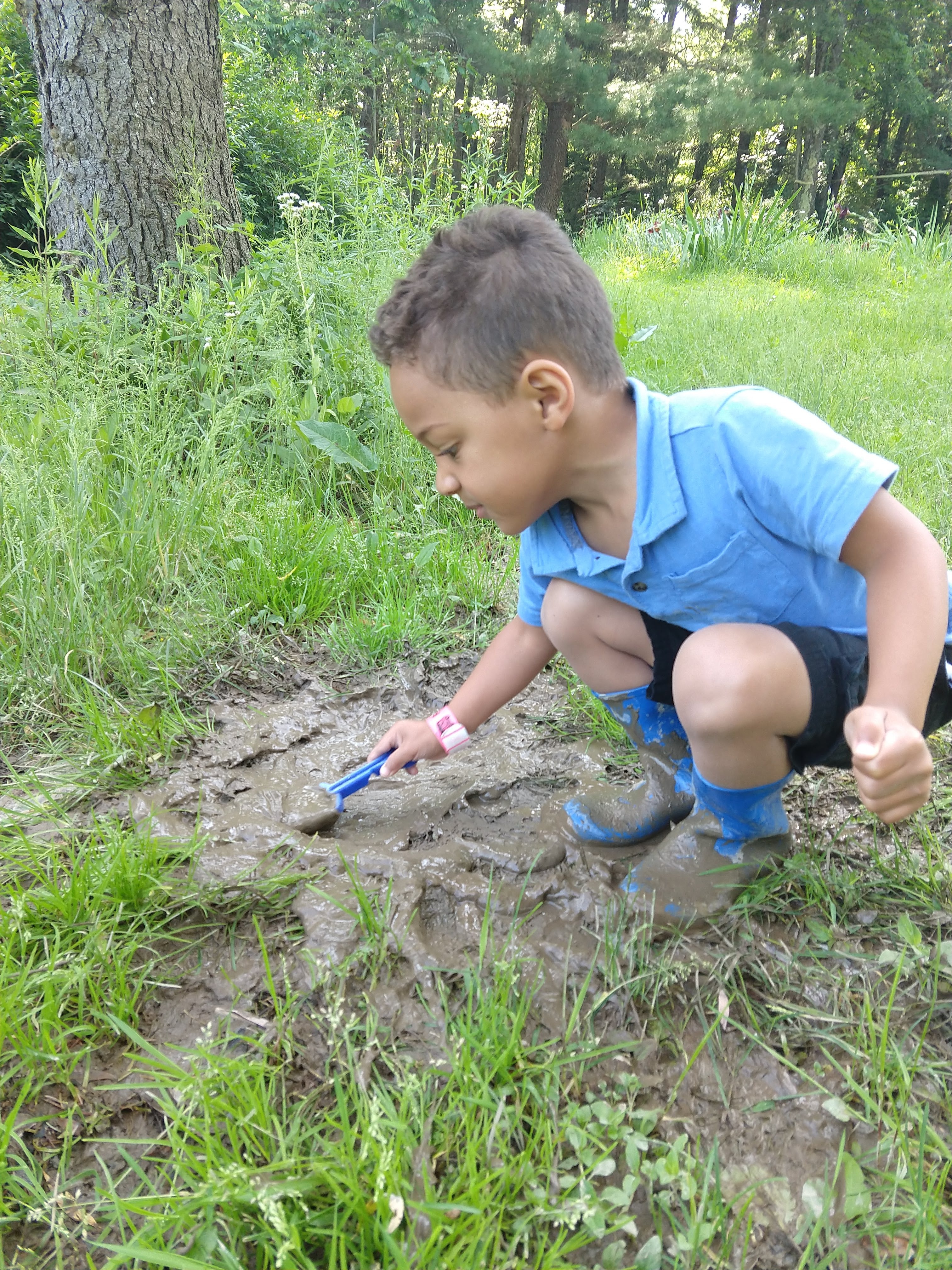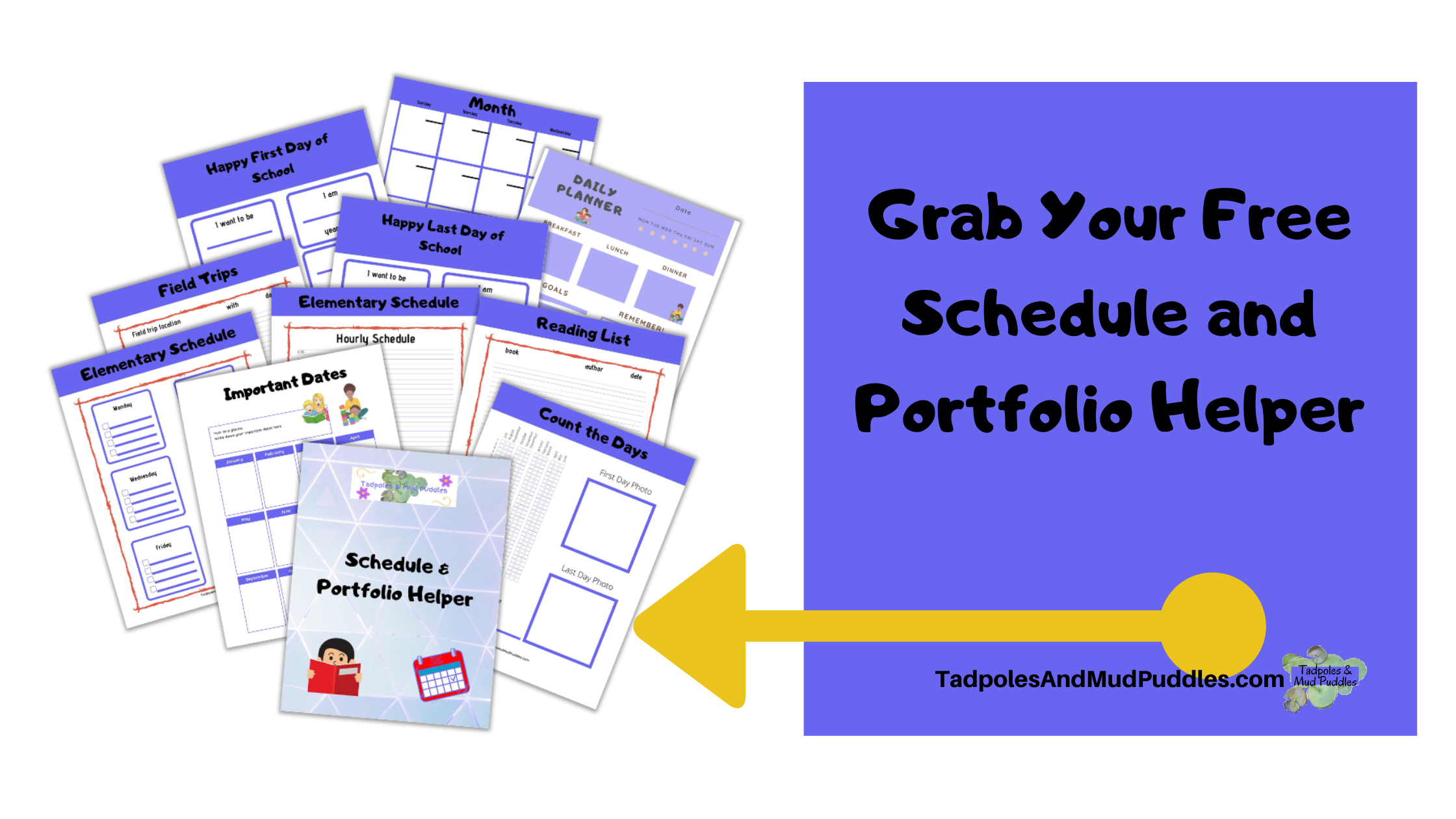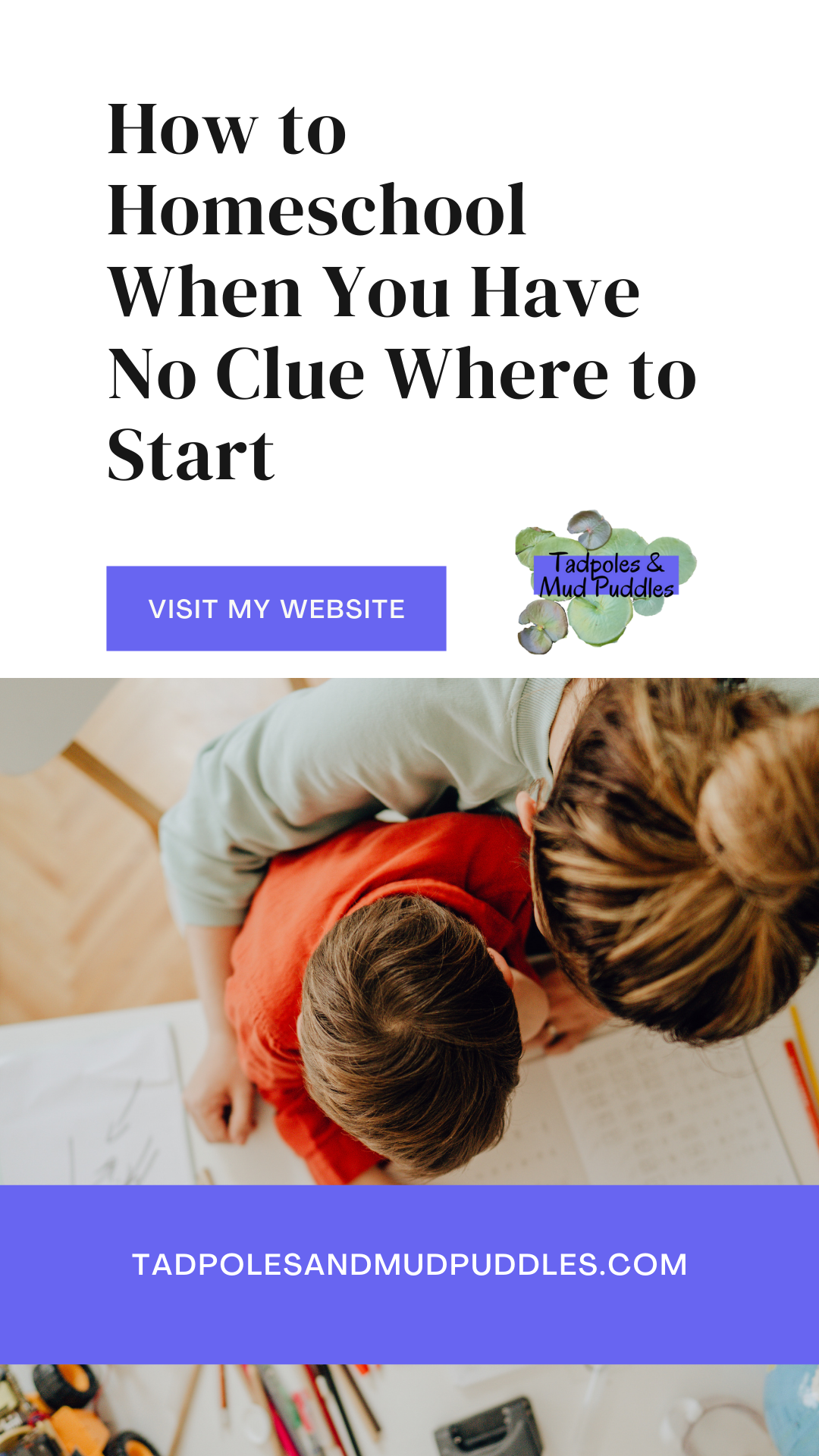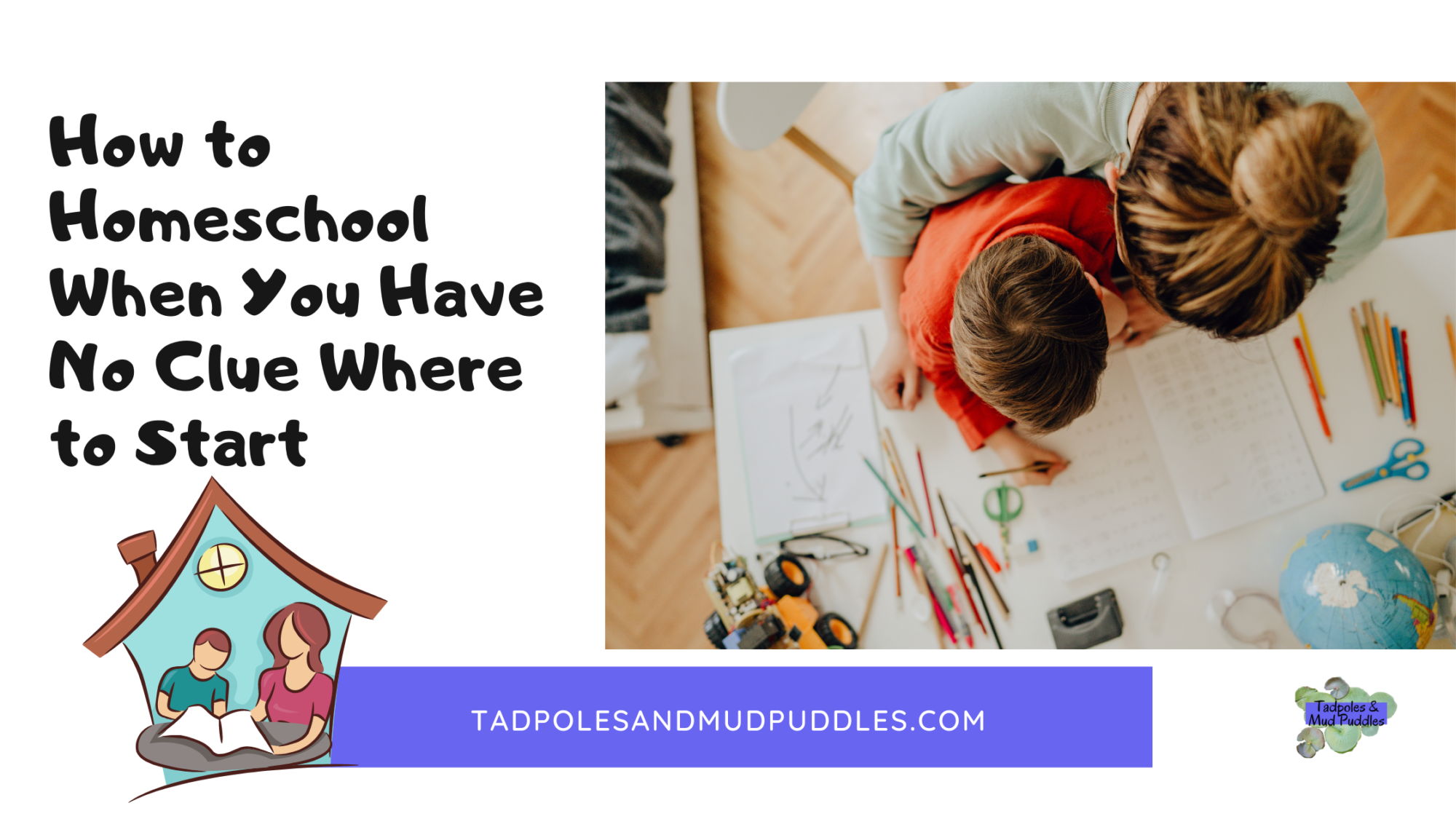If your goal is to homeschool this year you need to know a few things to get started. You’ll learn how to homeschool when you have no clue where to start. It’s time to do some research. Start here with this quick and easy guide. You’ll learn about what to teach, types of homeschooling, where you’re going to do it, record keeping, portfolios, laws and protection for homeschoolers, options if you don’t know how to teach something, what you need to homeschool, and opportunities for social interactions.
How to Homeschool
Homeschooling can be an intimidating prospect. You’ll need to know a few things.
How to Homeschool When You Have No Clue Where to Start contains affiliate links. If you make a purchase through these links I will receive a small commission at no extra cost to you. Feel free to read more here.
Related post: The Ultimate Guide to Homeschooling an Active Kid
Subjects to Study
If you’re starting very young it’s easy to get bogged down in all the many subjects you could study. Remember that reading, writing, and math affect pretty much everything else. It’s okay to focus on those things. In our state, we have a bunch of other things we are supposed to cover. It doesn’t say anything about how much. Use a book you read to your child to cover those topics. And focus on the basics. You can get to teaching the oboe and Mandarin a little later.
Remember there’s a ton you can learn from getting outside and exploring the world around you. You’ll need lots of books from the library. Play with learning tools, like legos, puzzles, and letter blocks.
Related post: 30+ Easy STEM Projects
How and Where
Where and how you’ll be teaching helps you know what you’re doing. Remember that not everything will be perfect and you may need to change your plans if your child doesn’t respond well to the plan. It’s okay. Just roll with it.
Type of Homeschooling

There are lots of ways to teach your kids. What works for one may not work for the other. You want to find a way that works well for both you and your kids. You also want to identify your values and beliefs before you pick a homeschooling type or combination of types. These are only some of the many ways to homeschool.
School at Home
School at home is a highly regulated learning style. It’s very similar to going to school. You use a full curriculum with textbooks or online material. It requires a large time commitment from 4-8 hours. It should have a dedicated place for “school”. Following a routine. Maybe one subject per day or all subjects each day.
Classical Homeschooling
Classical learning with language. It’s a tier system of learning. You’ll need to lay the framework for learning, build reasoning and critical thinking, and logic. These are done through the basics of grammar, logic, and rhetoric.
Charlotte Mason
Charlotte Mason method believes that kids can handle the world around them. You should read a lot. It helps your kids build good habits, learn from short lessons, memorize the important stuff, and uses the story method to learn.
Montessori
Montessori teaching is a more abstract style of teaching. It’s important to include multiple ages and understanding levels. Use teaching tools that are real instead of play ones. Montessori like the child makes choices and is amazing for the imagination.
Unschooling
The unschooled subscribe to the thought that kids learn all day every day. They can learn from video games, books, or classes. There’s no set schedule there’s just interests and learning. Don’t be afraid to let your kids lead the way.
Homeschooling with Unit Studies
Unit studies teach multiple subjects using a theme. I have a set of unit studies workbooks available for the Alphabet. Each workbook offers learning from the letter for about a week. You can find tons of free units studies on Pinterest, Google, or teachers pay teachers. You can also make your own unit studies if you try out this 5-day challenge with one of my friend’s Shela at Create your Homeschool.
Waldorf Homeschooling
Waldorf is similar to classical homeschooling. It’s largely language-based with a tier system. It also includes music as a learning tool. If you’re interested in this style look into classical conversations. They do a ton of great learning songs to help your child memorize pretty much everything.
Online or Virtual School
Those who do online or virtual school are looking for the freedom of homeschooling with a school to back them up.
Moore Formula
The Moore Formula is a system that’s been around a long time. It’s known for the belief that formal school for children shouldn’t start until they are at least age 8.
Relaxed Homeschooling and Eclectic Education
When you used the relaxed method you don’t focus on level or how often you do a subject. The focus is on learning and not quite as structured. Take the parts that are important and leave the rest.
Homeschool Space
Your homeschooling space is based on what type of homeschooling you’ll be doing. You may need a table and chairs or a play space with lots of learning toys. Books or activities. Places to go, a journal, or a bunch of worksheets.
Homeschool Place
Homeschooling is allowed in many countries and all of the US. You should check and make sure that it’s a legal option in your area. Even if it isn’t you can always supplement your child’s education with learning at home.
Record Keeping
At the end of your school year, you’ll need to have an evaluation and possibly do testing depending on the grade. The evaluator will need to see that you’ve completed all your days/hours and see proof of work. You’ll need to keep records of each of your days/hours in a log. It’s also really helpful to have a sheet that is an overview, like a checklist of the days you’ve done.
Portifolios
For our portfolio we keep everything. If it’s not paper there are pictures of everything else. That’s my paranoid handling of the proof of schooling. The last thing I want is to have to do more after we’ve finished our school year or have less than I need to prove my son’s being educated.
Check your state or countries rules for your portfolio. Often you only need to keep samples of the beginning and end of the year’s work. Pictures are an amazing way to show what you’re doing. If you avoid worksheets are more activity-based definitely at tons of pictures.

Law and Protections for Homeschoolers
Home School Legal Defense Association (HSLDA) can help you with the legal end of homeschooling. Whether it’s an overreaching school district or just knowing your rights and what you should do to cover your backside as homeschooling. Definitely check out their website and think about membership if anything happens. I looked up my state before I registered my son last year. Knowledge is power. Don’t get pushed around because you don’t know the rules and protections you’re entitled to.
Check your local Facebook groups too for support from homeschooling veterans. They’ll be more than willing to point you in the right direction for your local information.
What to Do if You Don’t Know How to Teach Something
While you’re educating your child you are bound to run into something you don’t know how to teach or something you don’t want to teach. It’s okay. You can always get some outside help. You can sign your kids up for classes run online, co-ops, or use a teacher.
My mom didn’t know anything about music but wanted all of her kids to take lessons and learn an instrument. We all had piano lessons taught by a friend and learned to appreciate music.
What You Need to Homeschool
You’ll need a curriculum which can be textbooks, learning activities, games, sensory bins, or whatever else you can dream up. I often make what we’re working on for the day using Canva or just a pen and paper. If you’re using a digital curriculum you will also need a printer, ink, and copy paper.
We love books and activity learning so I’m particle to these. You don’t need any of these you want something that helps teach math, reading, writing, and any other subject that comes up.
How to be Social
I’m sure the first thing you get asked when you say your homeschooling is how are you socializing your kids. Mine? He’s a highly social extravert who needs other people to be happy. So we spend a ton of time socializing.
He gets park time, sports activities, field trips, play dates, and helps me out with any errands I have to run. There are lots of ways to be social as a homeschooler.
The point is to get out and spend time with other people. Don’t be worried if your child interacts with people outside of their age range. One of the benefits of homeschooling is your child can have friends of all ages. Not just kids in their grade.
Homeschooling
Homeschooling is a wonderful way to educate your child. Figure out how you want to teach and what, set up your space, know the rules and laws in your area, make sure you keep records, and get out there and have fun with other people. You can make it work for you and your family in the way that works best for you. Hit comment and tell me about your homeschool and what works well for you.
Pin It


This is such an informative post. I have been thinking about homeschooling my four-year-old next year! Thanks for your tips!
I’m so glad you learned something. Homeschooling is rewarding and your child will absolutely thrive. Let me know if you want to learn more or if you have any questions. 🙂